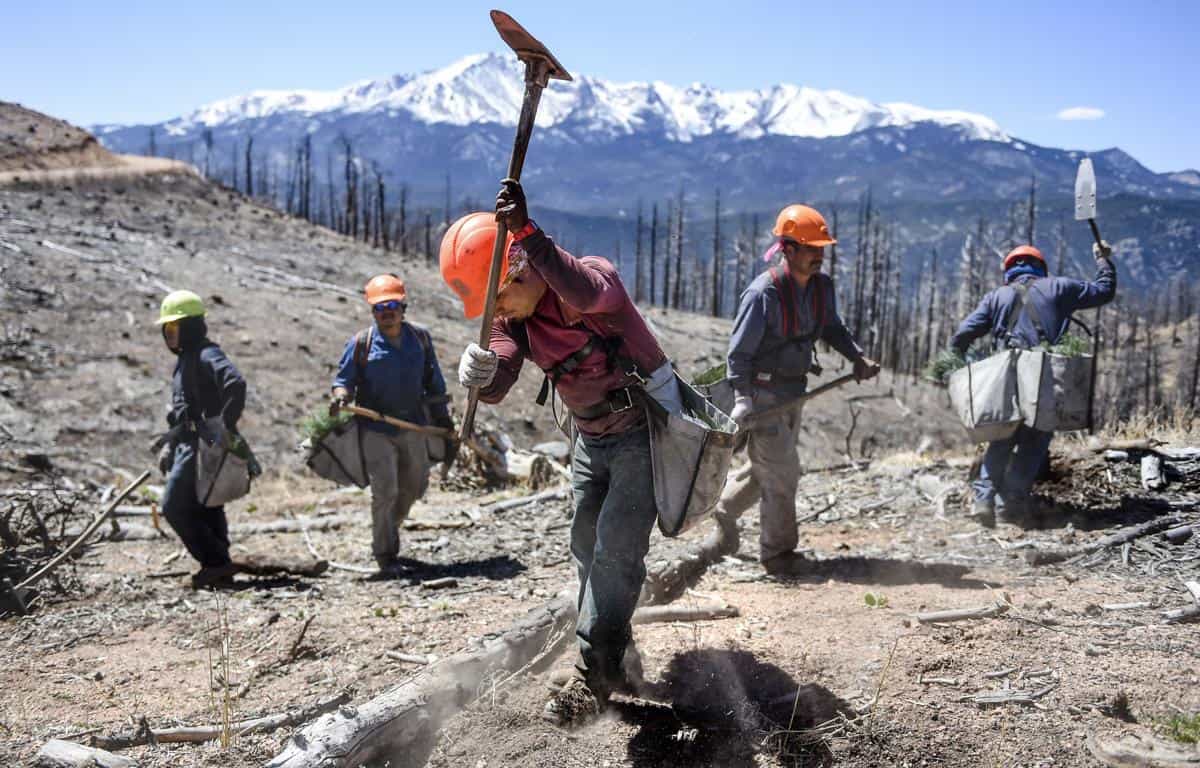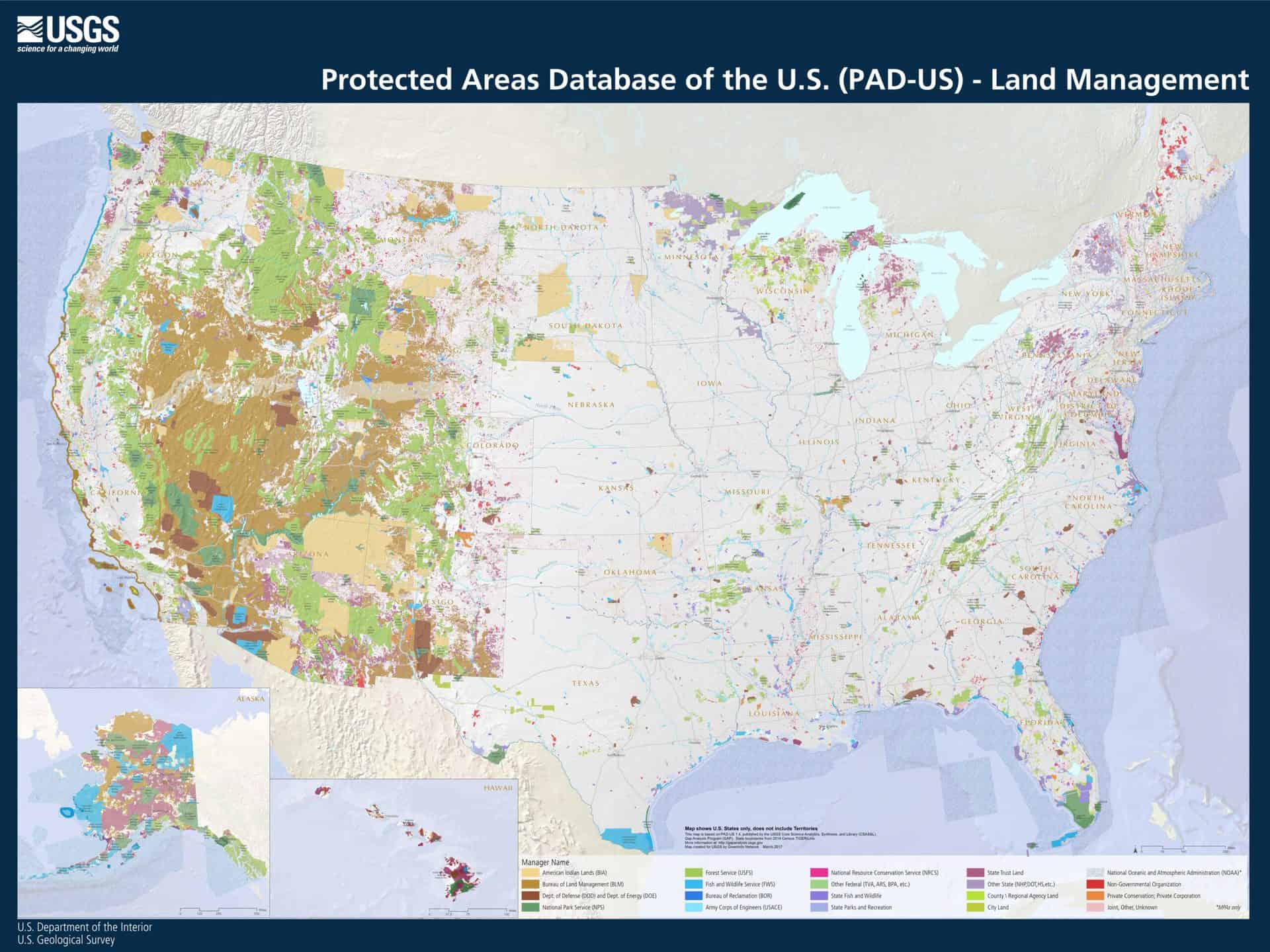
Thanks to NAFSR for their post about this. Does everyone think this proposed legislation is a good thing?
Off the top of my head, I can only think that the folks who are currently collecting the monies (if there are any such people) might not like it. Or perhaps that the difference currently goes into the Treasury which does need the funds. Still, it doesn’t seem like a lot of money, relatively speaking (a billion here and a billion there..).
Here are the introducers of the bill: Congressman Jimmy Panetta (D-CA), Congressman Mike Simpson (R-ID), Congresswoman Kim Schrier, M.D. (D-WA), and Congressman Doug LaMalfa (R-CA) introduced the Repairing Existing Public Land by Adding Necessary Trees Act or the REPLANT Act, legislation to expand funding for the U.S. I don’t know if it’s going anywhere but…
REPLANT Act
Repairing Existing Public Lands by Adding Necessary Trees
The REPLANT Act would:
• Remove the cap on the reforestation trust fund, so that the Forest Service would receive all the monies generated from imported wood products and lumber tariffs.
o The Forest Service currently receives $30 million/year for the Reforestation Trust Fund. The yearly authorization for the Reforestation Trust Fund has not increased since it was established 40 years ago.
o Monies are generated from imported wood products and lumber tariffs. The 10-year annual average amount of tariffs collected on those products is nearly $124 million per year ($309 million in 2019).
o The Reforestation Trust fund provides most of the funding for post-disturbance reforestation on national forests. Reforestation needs caused by wildfire, insects and disease, and weather events have increased and collectively account for 85% of reforestation needs on national forests.
o To address our current and anticipated reforestation needs over the next 10 years, it is estimated to cost approximately 1.8 billion, or $183 million annually.
o Raising or eliminating the cap on the reforestation trust fund would help to close the funding gap and enable the Agency to more fully address reforestation and stand improvement needs across the national forests.
• Require the Chief to work with the Regional Foresters to create a list of priority reforestation projects to promote effective reforestation following unplanned events;
• Emphasize using Stewardship contracting and Good Neighbor Agreement authorities to conduct reforestation activities and directs the Forest Service to quantify the backlog of
replanting needs; and
• Require an annual report to Congress on progress and number of acres in need of reforestation.
To read the full version of the Bill, click on this link –


